Shankaracharya Temple : A Spiritual and Architectural Gem in Kashmir
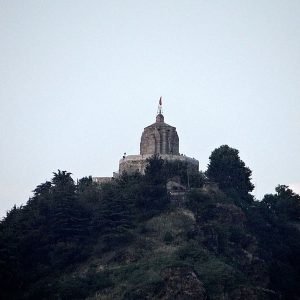
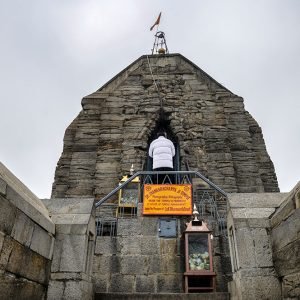
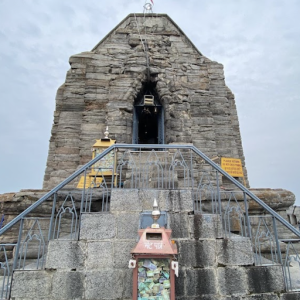
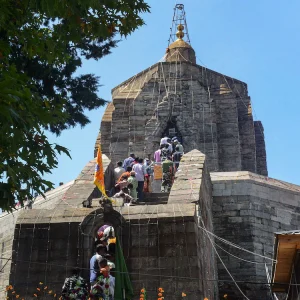

Table of Contents
Toggle1. Introduction
Hilltop dominance of the skyline is owned by Shankaracharya Temple in Srinagar, the symbol of spiritual heritage, architectural excellence, and cultural pride. The temple, named after the great philosopher and saint Adi Shankaracharya, is not just a religious location but also an important landmark that provides breathtaking panoramic views of the city of Srinagar and the majestic Dal Lake. It is one of the rich spiritual tapestries constituting the country and its historical identity.
2. Historical Background
The Shankaracharya Temple has origins dating as far back as the 9th century. The setting was marked by intense religious and philosophical activity in India. As a temple of Lord Shiva, the very aspect of his manifestation that is Shankaracharya embodies wisdom and knowledge receives special emphasis. According to legend, the famous philosopher and theologian Adi Shankaracharya, who consolidated the teachings of Advaita Vedanta is believed to have established the temple.
Presently, the Shankaracharya Temple is the same one originally built by King Gopaditya, and altered in many periods of time under the patronage of a number of kings, has undergone many renovations in the years over which it has existed. Many of these renovations took place after the temple was ravaged by natural calamities or during the medieval periods.
3. Importance of Shankaracharya Temple in Hinduism
Shankaracharya Temple occupies an extremely significant place in the hearts of Hindus. It is believed that on paying a visit to the temple, one’s soul gets purified and more close to attaining spiritual enlightenment. The sanctity that seems to get further added to its prominence regarding the link which it provides towards Lord Shiva, the much-acknowledged principal deity in Hinduism, makes Shankaracharya Temple even more remarkable. Thousands throng to visit this shrine every year from all across India and other nations on this earth. Most of them visit this temple annually during the auspicious festival of Maha Shivaratri, an extremely relevant festival to devotees of Lord Shiva.
The temple itself is connected to the philosophies of Adi Shankaracharya, who is revered for reviving and rejuvenating Hindu philosophies in India. Second, the temple is part of the ancient traditions of Kashmir Shaivism, which plays a very important role in the spiritual context of this place. Kashmir Shaivism focuses on the fulfillment of self-realization and recognition of god’s presence in everything. Thus, this philosophy falls within the greater context of Advaita Vedanta.
4. Architecture and Design
Shankaracharya Temple, being a reflection of the skill of the age which it dates from, is a nice amalgamation of ancient Kashmiri styles of architectural design and Hindu temple architecture. The structure of this temple is square in shape with a domed roof over it. To enter this beautiful temple, stone stairs over steep stretches lead visitors, making it a spiritual as well as a physical climb.
This temple displays Indo-Saracenic architecture combining stone carvings and intricate designs on the temple walls with elements adopted from Buddhist, Hindu, and Mughal designs. The sanctum in the temple consists of a black marble Shiva Lingam held in great reverence. The basic design and tranquility of the temple make it a very calm place for all the prayers and reflections.
5. Spiritual Significance
Shankaracharya Temple is a spiritually important landmark for the people of India as a whole. It is worship but also a testimony to the surviving spiritual life of Kashmir. The temple is described as a “gathering point between heaven and earth” where the sermons bring people closer to the divine through prayers and reformation.
Being at an elevation of close to 1,000 meters above sea level, it indeed sends signals that one is close to the divine, whether in a spiritual journey towards enlightenment or any other relationship. For the Hindus, mainly Shiva devotees, the temple is a haven for peace and profound cosmic connections.
The views from Shankaracharya Hill add spiritual depth to the temple. A view of the city, sprawling Dal Lake, and distant snow-capped mountains will lend a serene retreat from the mundane world.
6. Cultural Significance
Shankaracharya Temple is not only spiritual but a cultural and historical landmark attracting historians, scholars, poets, artists, and philosophers over the centuries that have enriched Kashmir as the center of all forms of intellectual and spiritual enlightenment.
The religious value of the temple is further heightened and is greatly increased during festivals like Maha Shivaratri, when thousands of pilgrims visit the shrine to pray. The festival brings focus on the cultural and religious value attached to the temple and grants it the identity of a place where people come together to celebrate and show their faith.
The temple depicts how Kashmir survived over the years by being a hub of Hinduism during politically charged periods, along with being a sign of religious conquest throughout history.
7. Shankaracharya Temple and Tourism in Kashmir
The Shankaracharya Temple is the other most significant destination for Kashmir’s tourism. Together with other popular attractions like Dal Lake, Gulmarg, and Pahalgam, this temple is one of the places that every tourist can’t wait to visit. The historical significance, religious importance and panoramic views it offers draw a big number of tourists from all around the world.
Recently, the Jammu and Kashmir government took a commendable and fruitful step to protect and publicize this temple as part of the cultural heritage of Kashmir. Infrastructure developed in that region makes it more accessible both for pilgrims and tourists to be able to enjoy this site properly.
Most of the visitors to this temple also undertake a trip to Srinagar and its surroundings during this visit. It can be said that a visit to Shankaracharya Temple provides one with an idea of the spiritual side of this region, thus, this visit is instrumental in making travelers understand Kashmir better in the broader religious and cultural context.
8. Challenges and Preservation Efforts
Still, while this temple remains an important cultural and spiritual center, it has its share of hardships along the centuries for this temple. It has gone through damage a couple of times due to natural disasters as well as to political controversy. This is, however, one of the temples that could survive the test of time and make every effort to preserve its beauty and heritage.
Recently, the state government has adopted several renovation works to provide protection to the structure and to the sanctity of the temple. These are some very important preservative works that will help this temple to be left as a holy place for the future.
9. Conclusion
The Shankaracharya Temple represents far more than a religious monument, rather, it is the symbol of Kashmir’s rich cultural and spiritual tradition that forms the heart of this land. This temple has been an ageless symbol of devotion and enlightenment in terms of its architectural beauty, historical importance, and esoteric significance. Whether one comes here for its religious importance or to look at its architectural beauty, Shankaracharya Temple gives a serene and enriching experience reflecting the depth of Kashmir’s spiritual and cultural legacy.
Places like the Shankaracharya Temple are extremely eye-catching in today’s fast-moving world since they provide a much needed retreat for people seeking peace, people wanting to be connected to the divine. This, in turn, brings out the importance of conserving the regional traditions and spirituality profoundly left within the Shankaracharya Temple, which is preserved by the growing tourists visiting this sacred site.
How to book a trip to Shankaracharya Temple, India with Charzan Holidays?
For a seamless and exceptional booking experience, contact Charzan Holidays at reservations@charzan.in or call us at +919622224473
People ask FAQ's
1. How old is Shankaracharya temple Srinagar?
The Shankaracharya Temple in Srinagar is over 2,000 years old. Erected in the year 200 BCE, the temple is situated at the top of the Shankaracharya Hill, through which one can see a panoramic view of Dal Lake and the city. This temple is dedicated to Lord Shiva and was renovated by subsequent rulers during different periods, including King Lalitaditya during the 8th century.
2. How many steps to climb the Shankaracharya temple?
There are around 243 steps climbing required to access the Shankaracharya Temple in Srinagar. The road is well-kept, but reaching the top is a moderately challenging climb where the temple itself provides fabulous views of Dal Lake and its valley. Climbing adds to the serenity experience and offers scenic beauty.
3. Is the Shankaracharya Temple worth visiting?
It is must visit on historical grounds, the spiritual ambiance, and the serene locality atop Shankaracharya Hill for that hushed panoramic view over Dal Lake and Srinagar. Its ancient architecture, serene atmosphere, and connection to Adi Shankaracharya makes it a destination for any individual interested in history, culture, and the spirituality.
4. How much time does it take in Shankaracharya Temple?
A visit to the Shankaracharya Temple takes about 1-2 hours. That time is spent on climbing 243 steps, visiting the temple itself, and just contemplating from the panoramic view of Srinagar and Dal Lake. Often, visitors spend some time in silent reflection and/or in prayer. Because of this, the experience is usually quiet and slow yet absorbing the spiritual and scenic atmosphere.
Frequently Asked Questions
1. What is Shankaracharya Temple? |
| Shankaracharya Temple, also known as Shankaracharya Mandir, is an ancient Hindu temple dedicated to Lord Shiva, located on Shankaracharya Hill in Srinagar, Jammu and Kashmir. |
2. Why is Shankaracharya Temple significant? |
| The temple is significant for its historical and architectural importance, believed to have been built in the 9th century by the philosopher Adi Shankaracharya. It is a revered site for Hindus. |
3. How do I reach Shankaracharya Temple? |
| The temple is about 1.5 kilometers from the city center of Srinagar. You can reach it by hiring a taxi or taking a local bus. A steep climb of around 240 steps leads to the temple. |
4. What is the best time to visit Shankaracharya Temple? |
| The best time to visit is from March to October when the weather is pleasant and ideal for sightseeing. Avoid the winter months when snowfall can make access difficult. |
5. What are the main features of the temple? |
| The temple features a circular sanctum, a high stone wall, and intricately carved pillars. The site offers panoramic views of Srinagar and the Dal Lake. |
6. Is there an entry fee for the temple? |
| No, there is no entry fee to visit Shankaracharya Temple. Donations for temple upkeep are appreciated but not mandatory. |
7. Are there any dress codes for visiting the temple? |
| Visitors are advised to dress modestly and respectfully. Traditional attire is encouraged, but comfortable clothing suitable for climbing is also recommended. |
8. Can I offer prayers or perform rituals at the temple? |
| Yes, visitors can offer prayers and perform rituals at the temple, which is a significant spiritual site for devotees. |
9. Are there any facilities available for visitors? |
| Basic facilities, such as restrooms and seating areas, are available. However, amenities may be limited, so plan accordingly. |
10. Is Shankaracharya Temple safe for tourists? |
| Yes, the temple is generally safe for tourists. However, it’s advisable to follow local guidelines and be cautious while climbing the hill. |
11. Can I take photographs inside the temple? |
| Photography policies may vary. It’s best to ask for permission before taking pictures inside the temple complex. |
12. What local cuisine can I try near Shankaracharya Temple? |
| There are several eateries in Srinagar where you can enjoy traditional Kashmiri cuisine, such as Rogan Josh, Yakhni, and various breads. |
13. Are there accommodations nearby? |
| Yes, there are various accommodations in Srinagar, including hotels and guesthouses, which are conveniently located near the temple. |
14. What should I be aware of before visiting? |
| Check local travel advisories, be prepared for a steep climb, and respect the temple’s customs and traditions. |
15. What is the local currency used in the area? |
| The local currency is the Indian Rupee (INR). ATMs are available in Srinagar, but it’s advisable to carry cash for smaller purchases. |


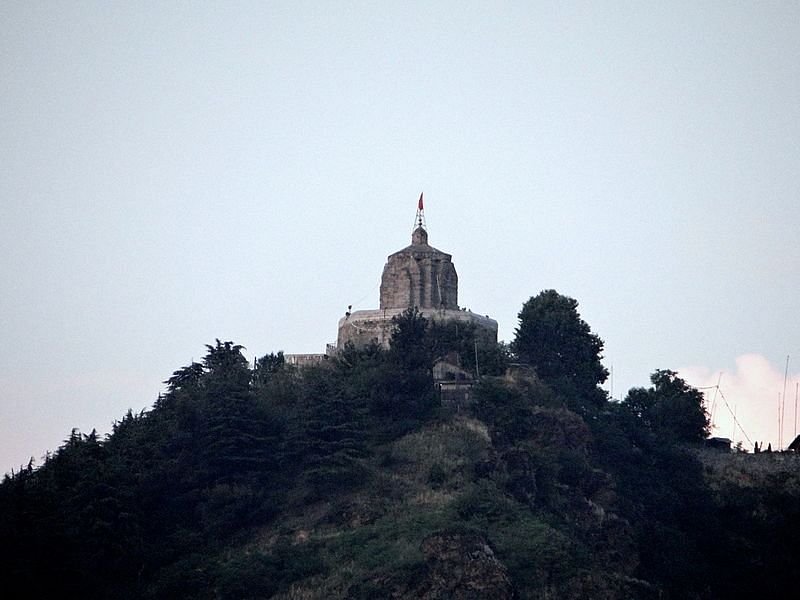
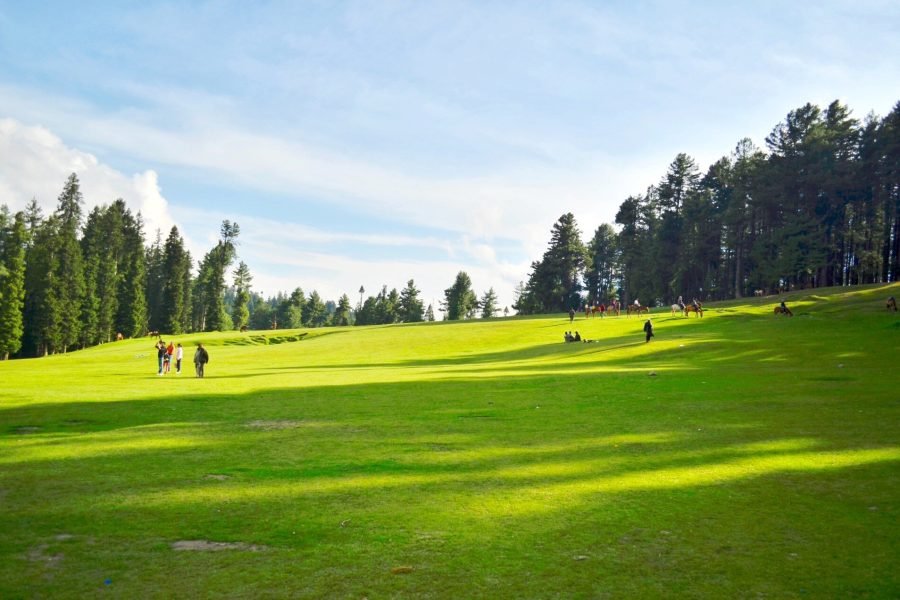
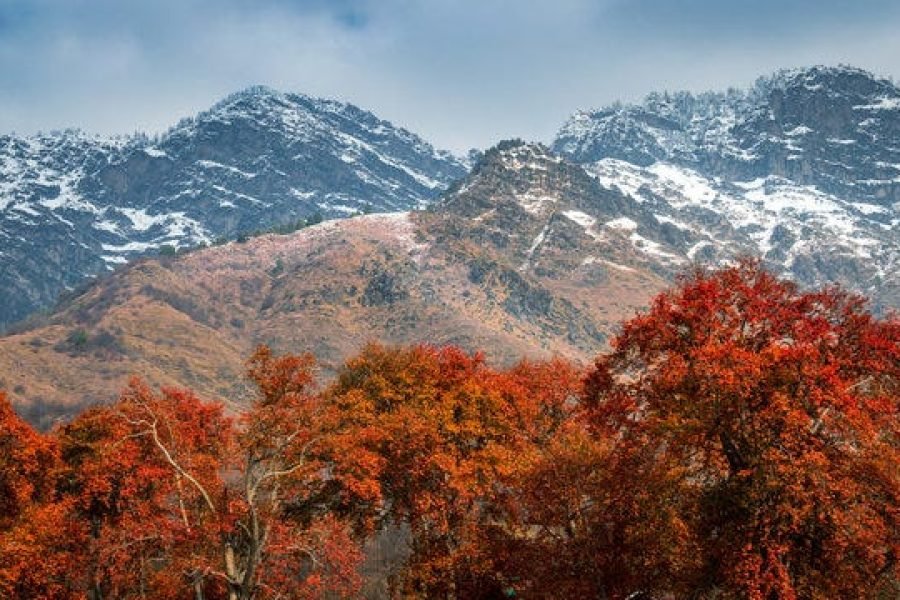
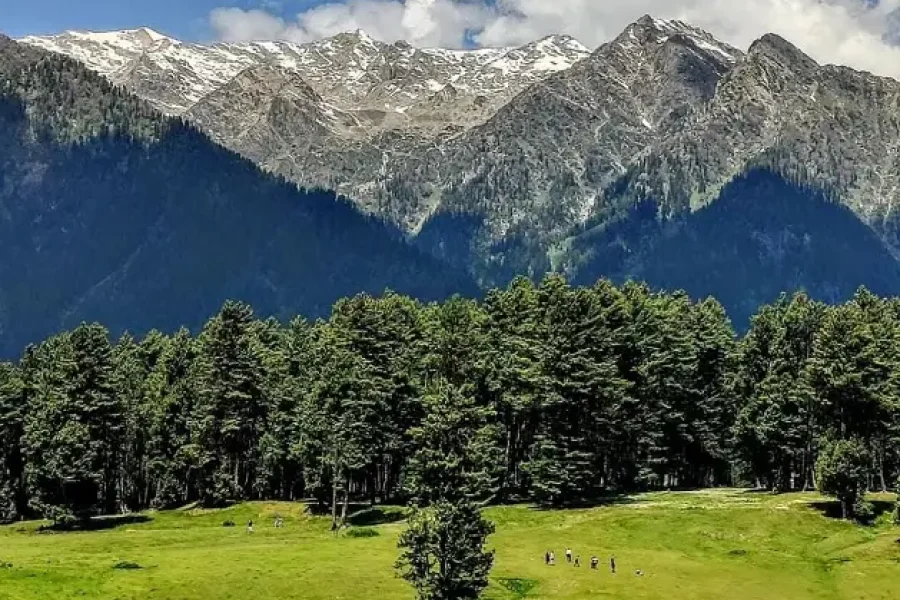
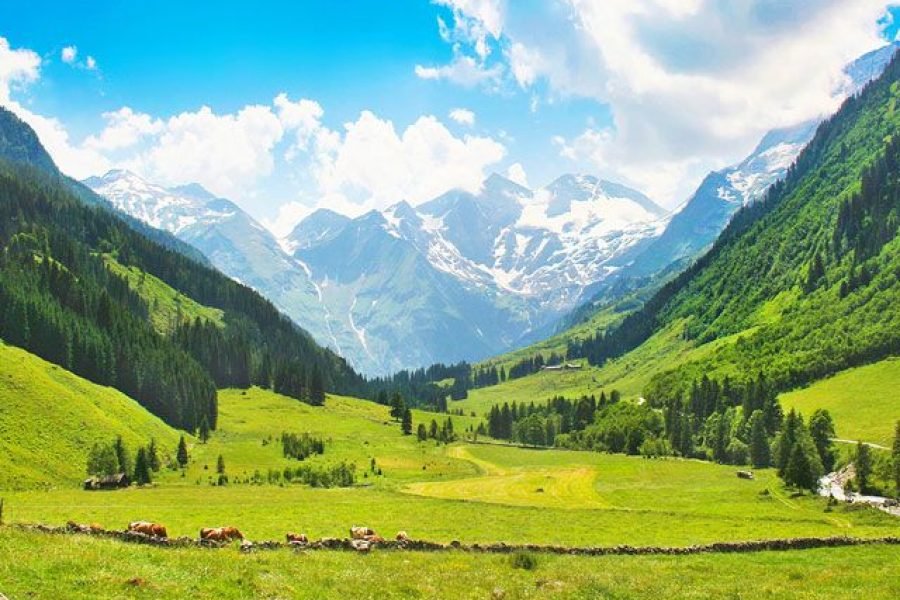
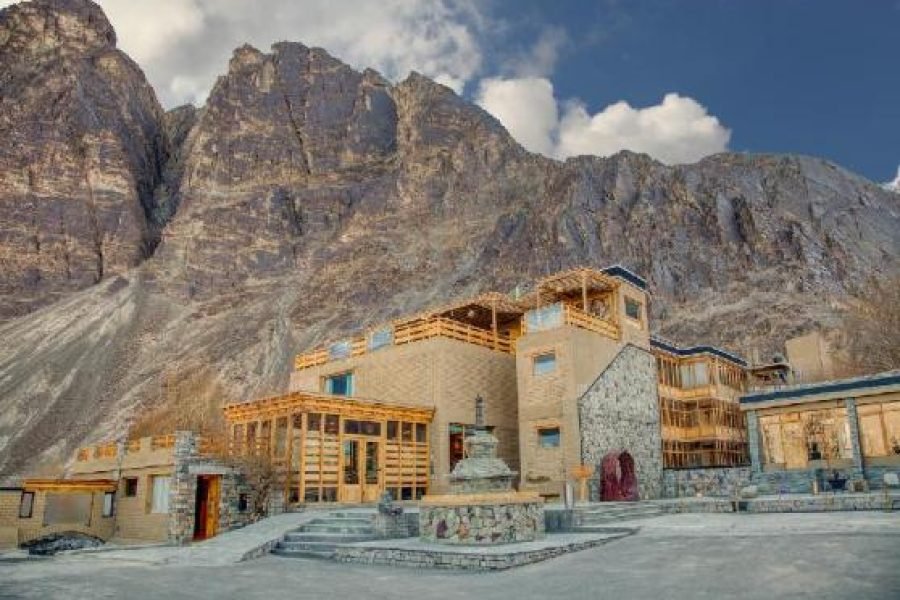

0 Comment